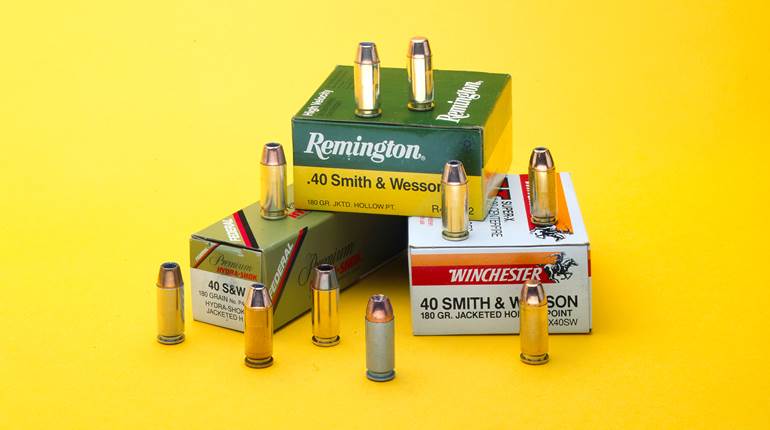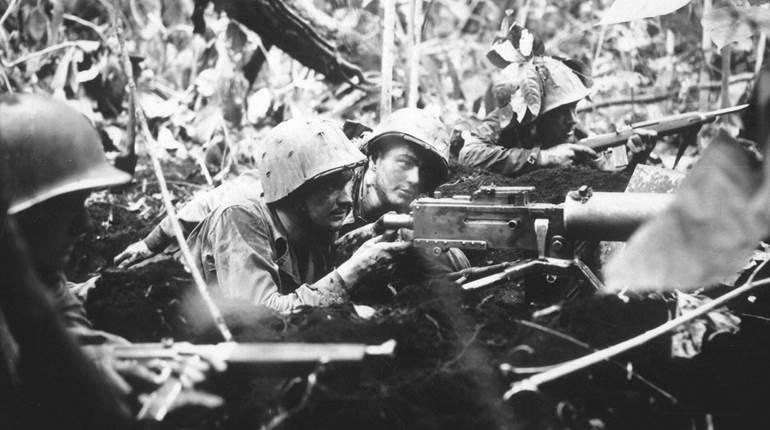
The defensive handgun industry went nuts over the.380 auto over the last couple of years, even though there were signs that more powerful 9 mm guns were coming. By any standard, a pistol chambered for the century-old 9 mm Luger cartridge is more effective than one of comparable size chambered for the century-old .380 Auto. However, as of early last year, there were about twice as many medium-sized, single-column .380s as there were 9 mms.
Ruger, a solid American firm, has had great success with a range of exotic hideout guns in .380 and 9 mm as well as revolvers in both .38 Spl. and .357 Mag. Their latest is the LC9, a flat, polymer and steel auto that handles a range of 9 mm loads. If you liked the .380 LCP, you will probably have a similar reaction to the LC9, which is marginally larger, but styled much the same.
SIG Sauer, up in Exeter, N. H., did not upgrade their small .380, but rather chose to go to a completely new design called the P290, which is an impressive compact. Following a trend, SIG Sauer will offer the new 9 mm with a factory installed laser sighting arrangement. Hedging its bets, SIG will also offer the gun without the expensive laser. I am interested to see how each version does in the competitive marketplace.
A major player in the 1911 market—with seemingly endless variations of the timeless classic—Kimber has been slow to get into the compact 9 mm arena. While Kimber is definitely in it now, it resisted the temptation to use the so-popular polymer receiver. The Solo is a gun that many savvy shooters have compared favorably with the Colt 1903 and 1908. It's a striker-fired, single-action (according to the company's description) and even has a diminutive ambidextrous safety. The buzz on this aluminum-and-steel hideout is very strong.
There are eight different compact 9 mm models out there now. Alphabetically, it's Kahr, Kel-Tec, Kimber, Rohrbaugh, Ruger, SIG Sauer, Taurus and Walther. It seems that we live in interesting times.






































